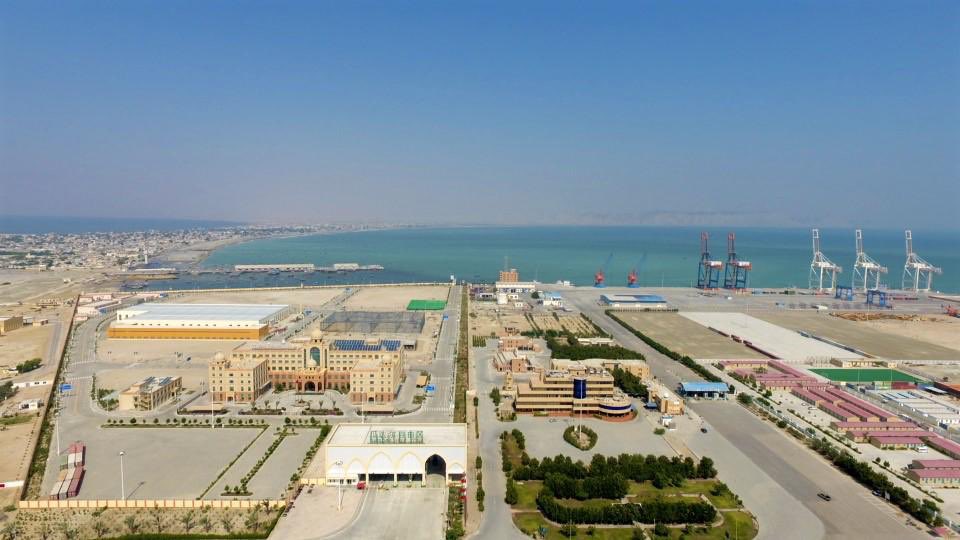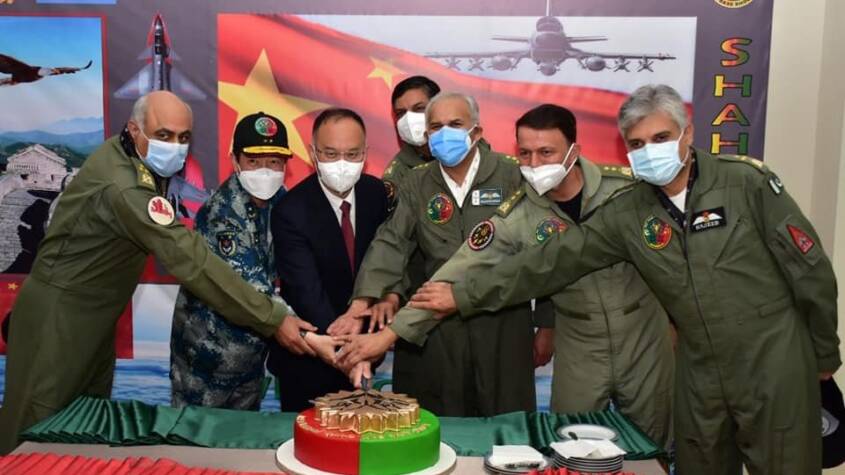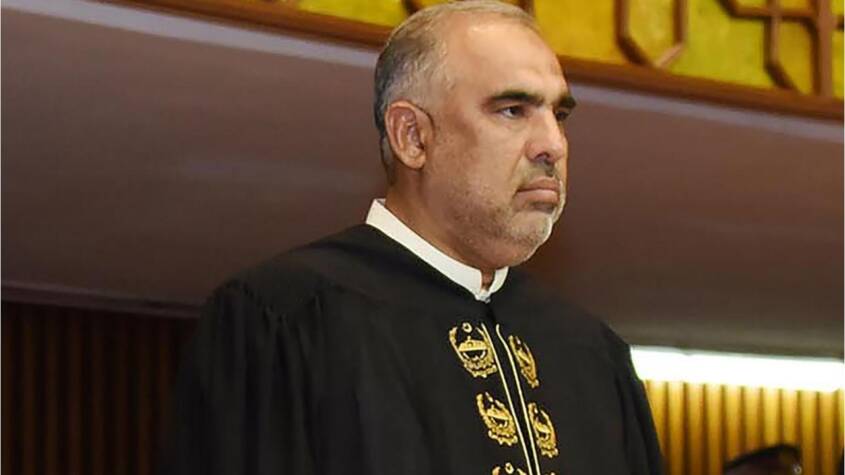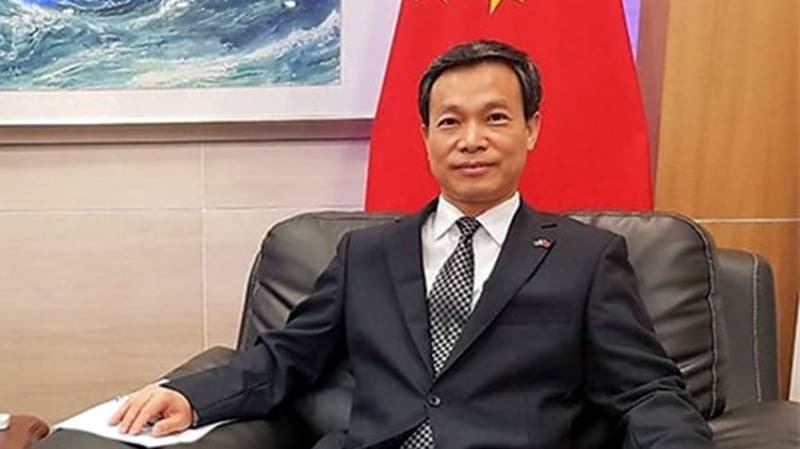Pakistan’s Finance Minister, Muhammad Aurangzeb, presented the Pakistan Economic Survey 2024–25 on Monday, announcing an estimated GDP growth rate of 2.7 percent for the current fiscal year. Pakistan also reveals growth under CPEC in Economic Survey, especially in transport infrastructure and the strategic development of Gwadar Port.
The annual inflation rate was recorded at 4.6 percent, as the government focuses on stabilizing the economy while pushing forward key projects aimed at improving trade routes and connectivity. “Our aim now is to maintain GDP stability, and we are on the right path,” Aurangzeb stated at the launch event in Islamabad.
According to the report, CPEC continues to play a vital role in boosting regional connectivity and driving economic progress. In the transport sector, eight infrastructure projects valued at US$ 6.7 billion have been completed, with several more underway. These initiatives include 888 kilometers of motorways and highways already built, while an additional 853 kilometers are currently under construction with domestic funding.
Among the completed projects is the 120-kilometer Havelian-Thakot section of the Karakoram Highway, a flagship endeavor that has received international accolades. Other key operational routes include the 392-kilometer Multan-Sukkur Motorway, the 297-kilometer Hakla-D.I. Khan Motorway, and the 110-kilometer Khuzdar-Basima Highway.
The survey noted that CPEC enhances Pakistan’s integration into global and regional supply chains, encouraging trade, investment, and inclusive growth. It also documented advancements in digital and urban infrastructure, such as the successful deployment of a cross-border optical fiber cable and the launch of the Orange Line Metro Train in Lahore. The New Gwadar International Airport has also become functional, improving regional air connectivity.

Construction efforts remain active on projects like the Zhob-Kuchlak, Nokundi-Mashkhel, and Awaran-Khuzdar roads, while feasibility assessments are underway for projects like the Babusar Tunnel and the Mirpur-Muzaffarabad-Mansehra corridor, reflecting continued momentum in CPEC’s infrastructure agenda.
The Main Line-1 (ML-1) railway upgrade remains in the planning phase, with ongoing technical and financial consultations. Meanwhile, the framework agreement for the Karachi Circular Railway has been submitted to Chinese counterparts.
Progress at Gwadar Port and its Free Zone has also been emphasized. Since 2013, the China Overseas Ports Holding Company Limited (COPHCL) has invested over US$ 50 million to modernize the port’s infrastructure, which is now fully functional and regularly handles commercial cargo.
A pilot zone spanning 60 acres within the Gwadar Free Zone has been established, with businesses operating in sectors such as finance, manufacturing, logistics, and fisheries. The survey reported COPHCL’s total investment in the Free Zone stands at US$ 250 million.
To attract investors, Pakistan offers a 23-year tax exemption, full foreign ownership rights, and a one-window facility for streamlined operations. COPHCL has finalized the master plan and feasibility studies for the main Free Zone, which covers an area of 2,281 acres.
To tackle water shortages in Gwadar, a China-funded reverse osmosis desalination plant with a capacity of 1.2 million gallons per day was completed in June 2023. This facility is intended to meet the water needs of both the local population and the Gwadar Free Zone Part-I.

The federal government has earmarked further funding for development projects in Gwadar under the 2024–25 Public Sector Development Programme (PSDP), which includes initiatives such as land acquisition, housing development, and Phase-II of the East Bay Expressway.
Related Posts

















